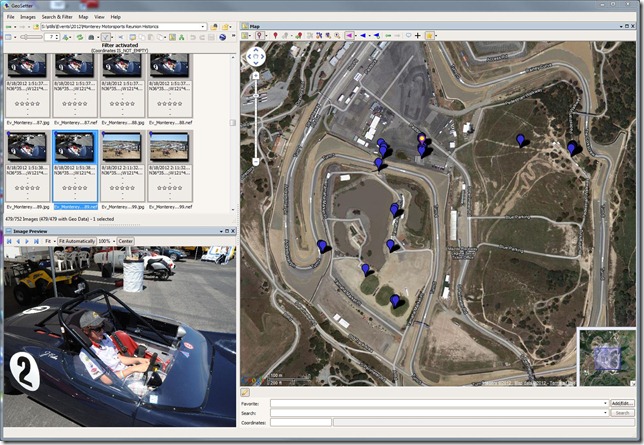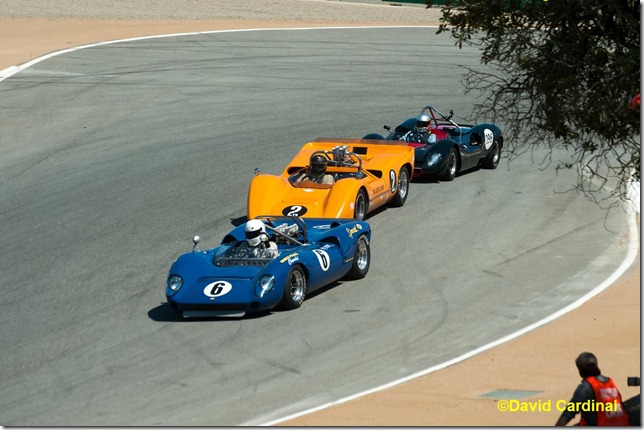- Photo Safaris
- Alaska Bears & Puffins World's best Alaskan Coastal Brown Bear photo experience. Small group size, idyllic location, deluxe lodging, and Puffins!
- Participant Guestbook & Testimonials Candid Feedback from our participants over the years from our photo safaris, tours and workshops. We don't think there is any better way to evaluate a possible trip or workshop than to find out what others thought.
- Custom Photo Tours, Safaris and Personal Instruction Over the years we've found that many of our clients & friends want to participate in one of our trips but the dates we've scheduled just don't work for them or they'd like a customized trip for their family or friends.
- Myanmar (Burma) Photo Tour Myanmar (Burma) Photo Tour December 2017 -- with Angkor Wat option
- Reviews Go hands-on
- Camera Reviews Hands-on with our favorite cameras
- Lens reviews Lenses tested
- Photo Accessories Reviews Reviews of useful Photo and Camera Accessories of interest to our readers
- Useful Tools & Gadgets Handy tools and gadgets we've found useful or essential in our work and want to share with you.
- What's In My Camera Bag The gear David Cardinal shoots with in the field and recommends, including bags and tools, and why
- Articles About photography
- Getting Started Some photography basics
- Travel photography lesson 1: Learning your camera Top skills you should learn before heading off on a trip
- Choosing a Colorspace Picking the right colorspace is essential for a proper workflow. We walk you through your options.
- Understanding Dynamic Range Understanding Dynamic Range
- Landscape Photography Tips from Yosemite Landscape Photography, It's All About Contrast
- Introduction to Shooting Raw Introduction to Raw Files and Raw Conversion by Dave Ryan
- Using Curves by Mike Russell Using Curves
- Copyright Registration Made Easy Copyright Registration Made Easy
- Guide to Image Resizing A Photographers' Guide to Image Resizing
- CCD Cleaning by Moose Peterson CCD Cleaning by Moose Peterson
- Profiling Your Printer Profiling Your Printer
- White Balance by Moose Peterson White Balance -- Are You RGB Savvy by Moose Peterson
- Photo Tips and Techniques Quick tips and pro tricks and techniques to rapidly improve your photography
- News Photo industry and related news and reviews from around the Internet, including from dpreview and CNET
- Getting Started Some photography basics
- Resources On the web
- My Camera Bag--What I Shoot With and Why The photo gear, travel equipment, clothing, bags and accessories that I shoot with and use and why.
- Datacolor Experts Blog Color gurus, including our own David Cardinal
- Amazon Affiliate Purchases made through this link help support our site and cost you absolutely nothing. Give it a try!
- Forums User to user
- Think Tank Photo Bags Intelligently designed photo bags that I love & rely on!
- Rent Lenses & Cameras Borrowlenses does a great job of providing timely services at a great price.
- Travel Insurance With the high cost of trips and possibility of medical issues abroad trip insurance is a must for peace of mind for overseas trips in particular.
- Moose Peterson's Site There isn't much that Moose doesn't know about nature and wildlife photography. You can't learn from anyone better.
- Journeys Unforgettable Africa Journeys Unforgettable -- Awesome African safari organizers. Let them know we sent you!
- Agoda International discounted hotel booking through Agoda
- Cardinal Photo Products on Zazzle A fun selection of great gift products made from a few of our favorite images.
- David Tobie's Gallery Innovative & creative art from the guy who knows more about color than nearly anyone else
- Galleries Our favorite images
Nikon GP-1 GPS: An accessory I really want to like
Nikon GP-1 GPS: An accessory I really want to like
Submitted by David Cardinal on Mon, 08/20/2012 - 13:48
 After several years of reliable geotagging with my Red Hen GPS unit, I was eager to test out Nikon’s GPS accessory, the Nikon GP-1. I was really hoping that, being from Nikon, it would more seamlessly integrate with my DSLRs and my shooting experience than third party solutions. Unfortunately, while the Nikon GP-1 is certainly a competent and effective product, it needs some serious work before it outshines less expensive options already on the market.
After several years of reliable geotagging with my Red Hen GPS unit, I was eager to test out Nikon’s GPS accessory, the Nikon GP-1. I was really hoping that, being from Nikon, it would more seamlessly integrate with my DSLRs and my shooting experience than third party solutions. Unfortunately, while the Nikon GP-1 is certainly a competent and effective product, it needs some serious work before it outshines less expensive options already on the market.
The Nikon GP-1 is a smallish GPS receiver that comes with cables to connect to either a 10-pin DSLR connector for pro models, or the newer accessory connector on mid-range models like the Nikon D7000 and Nikon D90. It also includes a small clip so you can attach it to your camera strap if you need your camera’s hotshoe for something else. The cables are quite sturdy and fit very snugly at either end (which is helpful when the GP-1 inevitably slips out of your hotshoe and is held up only by the cable).
Operating the Nikon GP-1
The Nikon GP-1 is pretty much foolproof. It turns on with your camera and is powered by it. There is no on or off switch – or any other switch for that matter. Once the GP-1 has been on long enough to get a lock its LED shines solid and the GPS indicator comes on in the camera LCD. You’ll want to decide whether to let the GP-1 stay on and drain your camera’s battery – making it instantly accessible and guaranteeing that even your first frame will have GPS data. Alternatively you can use your camera’s Menu to set the meter to turn off even when the GPS is on. You’ll save battery that way but you need to give the GPS a few seconds to transmit a new position when you activate your camera again. In both cases the GPS itself stays on for three hours after the camera has been used – unless you unplug it – so watch your battery carefully.
Once the GP-1 has a lock, captured images will have your latitude, longitude, and elevation recorded. One great feature of any camera-attached GPS is that data is recorded to both JPEG and Raw files – many applications that merge existing GPS tracks with your images only work with JPEGs. Because the GP-1 does not have a compass, even modern Nikon DSLRs which can record the direction you’re facing won’t get one to record. Most current image management product, and image sharing sites, will then let you see your images on a map or even make tracks or trips from them.
What the Nikon GP-1 needs to be a loveable product.
First, for the price the Nikon GP-1 should really have compass capability, which has become quite common in competitive products. The hot shoe mount also needs a lock. After decades of building flash units with various kinds of locking hotshoe mounts, it is odd that the GP-1 can easily slip out depending on how you carry the camera. With luck, future Nikon GPS units will also find a way to be more tightly integrated with the camera, perhaps even in the form of an optional, internally mounted module. It is topsy-turvy when $300 travel superzoom point and shoots have a GPS included while $3000 DSLRs don’t.
Getting going with the Nikon GP-1
In fairness, the Nikon GP-1 is a very competent product and does its job well, if you can live with its shortcomings and price. If the Nikon GP-1 is right for you, you can order one from our partner B&H for $194.
DSLR GPS alternatives
Solmeta: If you aren’t hung up on the Nikon name, the DSLR GPS offerings from Solmeta are definitely worth a look. They have a range of models, with the entry level version featuring replaceable cords and a built-in battery, the intermediate model upgrading the compass and having a fixed coiled cord with power coming from the camera, and their top of the line unit adds a location LCD and 2GB of internal track memory for later downloading – as well as a built-in battery. All the Solmeta units include built-in compasses for adding image direction to your GPS data.
Promote: If you’re on a budget, Promote offers lower cost alternatives to the GP-1. I haven’t used one, and some reviewers didn’t think much of their accuracy compared to dedicated GPS units, but I’ve been in the field with shooters who rely on them and are quite satisfied.
Redhen: Redhen offers the Blue2Can, a tiny bluetooth adapter that fits on the 10-pin connector of your DSLR (it only works with Nikon’s “pro” DSLRs with 10-pin connectors) that can be used with any Bluetooth GPS. It isn’t cheap, at $195 just for the adapter, but if you want the flexibility of using your own choice of GPS and don’t want to mess with cables or your hotshoe, the tiny bluetooth radio is a lot less intrusive.
Track merging: Another option is simply keeping track of your position with any GPS that keeps industry standard track logs, and then merging the data with your images. This takes more effort after the fact, but doesn’t require fiddling with a custom accessory. There are a lot of new options for merging software since the last time I wrote them up, but I’ll be writing them up in more detail, especially the very promising geosetter.
- Log in to post comments



